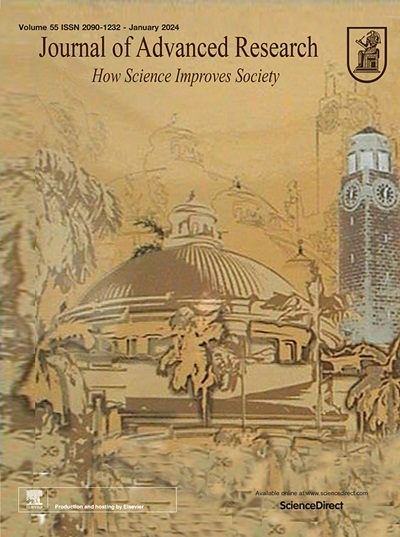Natural, safety immunomodulatory derivatives of lactobacillus biofilms promote diabetic wound healing by metabolically regulating macrophage phenotype and alleviating local inflammation
IF 11.4
1区 综合性期刊
Q1 MULTIDISCIPLINARY SCIENCES
引用次数: 0
Abstract
Introduction
Long-term inflammatory microenvironment further impairs the healing process of diabetic wounds. Many studies have shown that Lactobacillus can regulate immune function and promote injured tissue repair. However, the immunomodulatory function and safety of Lactobacillus biofilm (LB) on wounds need further investigation.Objectives
In this present research, we proposed a “bacteria-free biofilm derivative therapy” and successfully extracted Lactobacillus biofilm derivatives (LBDs) by ultrasonic separation and filtration technology for the natural and safe treatment of diabetic wounds.Methods
The study first cultured Lactobacillus anaerobically and extracted LBDs using ultrasound separation combined with filtration technology. LBDs were characterized via scanning electron microscopy, Concanavalin A fluorescence staining, and protein gel electrophoresis. In vivo diabetic wound model, wound closure rates were dynamically monitored, and tissue sections were analyzed using hematoxylin-eosin and immunofluorescence staining to evaluate LBDs’ healing effects. An in vitro macrophage inflammation model was established, employing immunofluorescence, flow cytometry, and Western blotting techniques to explore the molecular mechanisms underlying LBDs’ effects on macrophage phenotypes. Furthermore, whole-genome sequencing and proteomics of LBDs-treated macrophages were performed to further elucidate the intrinsic molecular mechanisms through which LBDs regulate macrophage phenotypes.Results
LBDs were effectively extracted utilizing ultrasonic separation coupled with filtration technology. Studies revealed that LBDs modulate the systemic metabolic reprogramming in wound-site macrophages, suppress JAK-STAT1 signaling pathway, alleviate the local inflammatory microenvironment, promote neovascularization and ultimately accelerate wound healing.Conclusion
The LBDs retains most bioactive components of the LB. As a natural, safe and immunomodulatory agent, LBDs promote diabetic wound healing by metabolically reprogramming macrophage phenotypes and improving the local immune microenvironment, offering promising potential for regenerative applications in diabetic wound management.

求助全文
约1分钟内获得全文
求助全文
来源期刊

Journal of Advanced Research
Multidisciplinary-Multidisciplinary
CiteScore
21.60
自引率
0.90%
发文量
280
审稿时长
12 weeks
期刊介绍:
Journal of Advanced Research (J. Adv. Res.) is an applied/natural sciences, peer-reviewed journal that focuses on interdisciplinary research. The journal aims to contribute to applied research and knowledge worldwide through the publication of original and high-quality research articles in the fields of Medicine, Pharmaceutical Sciences, Dentistry, Physical Therapy, Veterinary Medicine, and Basic and Biological Sciences.
The following abstracting and indexing services cover the Journal of Advanced Research: PubMed/Medline, Essential Science Indicators, Web of Science, Scopus, PubMed Central, PubMed, Science Citation Index Expanded, Directory of Open Access Journals (DOAJ), and INSPEC.
 求助内容:
求助内容: 应助结果提醒方式:
应助结果提醒方式:


